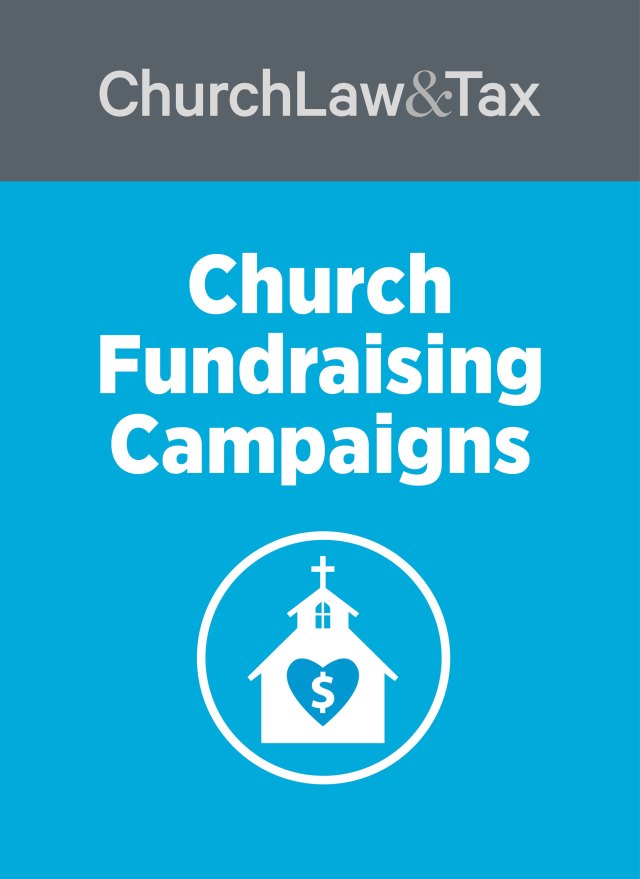Churches have historically dreaded summer due to one thing: giving. That’s because activities and costs peak with summer missions trips, camps, and vacation Bible school just as regular weekly contributions wane. The challenge for every church leader is to survive slow summer giving with a balanced budget.
The good news: It’s possible. The bad news: It will require more attention than you’ve likely given it in the past. If you want different results, you must be willing to shift your thinking, planning, and strategy.
There are, of course, the obvious tactics like boosting participation in online giving—especially recurring giving. As attendance during the summer months proves to be inconsistent, traditional giving during the weekly worship service can be dramatically affected. Recurring online giving can help solve that.
Another often-overlooked way to boost summer giving is to keep everyone connected to the church and church needs via email and social media. Too often, church communication is limited to what is spoken from the platform or what is printed in the church bulletin. While that is certainly efficient for the church, it is not necessarily effective when a portion of your congregation is expected to be vacationing.
These two actions are a good place to start, but there is so much more you can do. Here are five more ways to help boost your giving this summer.
1. Update your church database with accurate data
This may seem like an odd suggestion to address summer giving, but incorrect data will negatively affect giving. Now is a good time to sift through your church management system and clean up your data, making sure you have correct addresses, phone numbers, email addresses, and names. You can even enlist volunteers to collect the information with a personal touch! Everyone likes to know they matter.
Key point. Data integrity is essential to the value of your database. Your givers are people. Databases help leaders ensure no one gets lost or overlooked. Without accurate data, you cannot monitor, measure, and manage mission-critical information such as giving patterns, attendance habits, and event participation.
2. Try video messages
Video linked from an email and placed on your church’s social media is a great way to personalize a message from a pastor or ministry leader. In one to two minutes, you can share not only information but also inspiration transferred through nonverbal cues such as facial expressions, tone of voice, and posture.
Keep in mind that not everyone consumes content in the same way. Some people are visual. Some people are verbal. Either way, video messages are a great way to change things up and make your givers feel connected even if they can’t be present with you in real time.
3. Mail ministry updates
Direct mail still draws a large percentage of nonprofit and religious giving. So, send three mailers throughout the summer: one to explain what will happen, one to describe what is happening, and one to celebrate what happened. Always include a courtesy reply offering envelope to prompt giving.
Key point. Many regular givers still prefer printed forms of communication. Reach the people who have already proven a preference to giving to your church, and prompt giving related to ministry updates or progress reports. Givers are more confident in giving—and giving a little extra—when they see ministry results.
4. Communicate ministry results through the lens of life change
People are more interested in stories about lives transformed than in event attendance rates. Make sure you clearly connect summer programs and events to changing lives.
Bottom line: Life change provides a soul-satisfying return on investment no dividend statement could compete with.
5. Adjust expenditures to match giving patterns
This takes a little more planning. Budget larger expenses when giving is higher, maybe in spring or fall. Then, commit to watching actual giving and actual expenses every 30 days. Adjust as needed.
Key point. Planning expenses to match cash flow is something every organization must do to remain financially viable. The closer you can keep actual expenses to actual giving, the more likely you’ll have a balanced budget at summer’s end instead of a deficit you’ll have to overcome.
Getting off the roller coaster
Summer doesn’t have to be a financial roller coaster. Instead, it should be a time to celebrate life change, plan for the fall ministry season, and build momentum for the coming year. If you’ll take the necessary steps to adapt to your congregation’s shifting summer attendance and giving patterns, you can survive the slow summer giving season with a balanced budget. More importantly, you can be fully prepared to move forward with confidence into what God is calling your church to do next.





